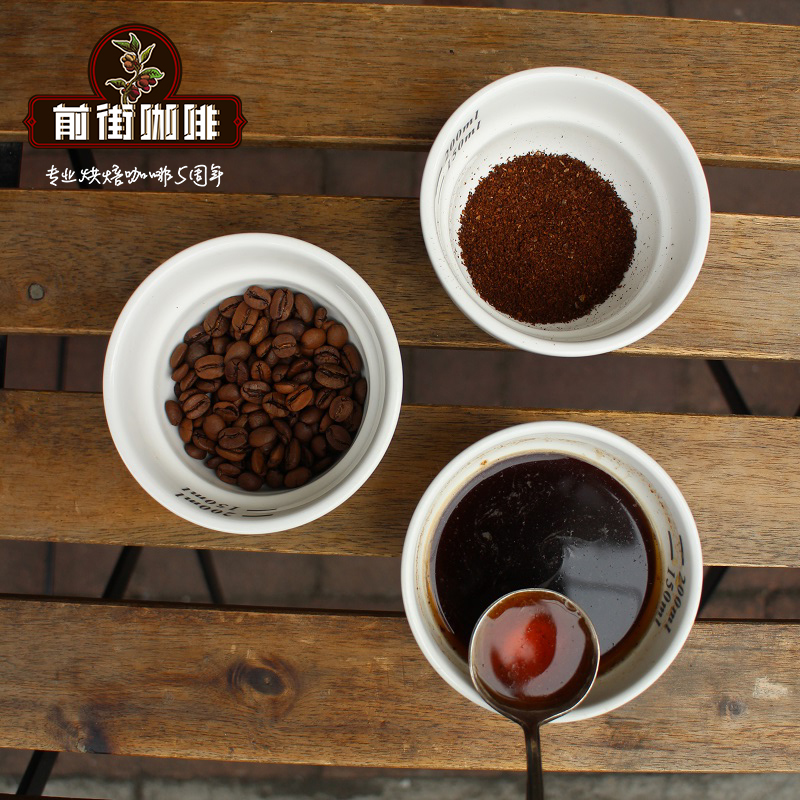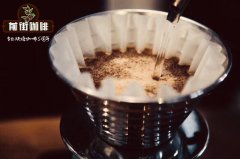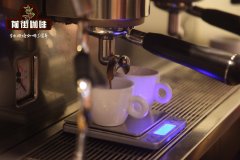Is there any difference in the cooking effect between flannel filter cloth and filter paper? is there any advantage in cooking with filter cloth?

Is the cloth filter easy to use?
Last year, when I was doing research for an article in the journal Sierra, I detailed ways to reduce the low-carbon action of personal coffee, but found that it was futile. So I decided to take my own suggestion and use cloth filter paper instead of paper coffee filter paper.
I always use paper filter paper, just like you may always use paper filter paper.
As a barista, it is inertia to pick up a new filter paper, unfold it, and put it on the filter cup.
What kind of paper are these filter papers made of? Is it sustainable? How is it handled? I never thought about it. The only thing is to consciously replace the bleached filter paper with unbleached one.
I did some research, read some online suggestions, and finally chose a box of Chemex filter paper from CoffeeSock in Austin, Texas. At present, the price of two packs is $13.
In March this year, after I ran out of Hario V60 filter paper, I bought a box of CoffeeSock V60 cloth strainer (also $13).
I have been using the Chemex cloth filter for more than 6 months to correspond to the V60 that has been used for several months. What do they look like? Is it really better than paper?
Chemex brewer
The first thing to do is to recommend boiling the newly bought cloth filter in clean water for ten minutes to disinfect and pre-shrink. It is best not to skip this step.
Now, let's consider the filter itself. CoffeeSock's products are made from certified organic cotton, made in Austin, Texas, and are packaged in a recyclable plastic-free box with a lot of tips on how to cook and clean.
Chemex brewer is famous for its bright flavor and softness of brewed coffee. Some people may feel that it is not mellow and too thin, but in general, it is a very popular method of cooking.
The appearance is also very artistic and is even permanently collected by the Museum of Modern Art.
Chemex's unique brewing method is affected by its filter paper, commonly used is a thick square paper, folding the rear facet will produce thicker layers. This filter paper slows down the brewing speed and helps with extraction, but it also takes away many oils and other ingredients from the coffee.
With a cloth filter, this unique feeling is less obvious. I use CoffeeSock's cloth filter to make coffee made with Chemex, which is more similar to V60 than traditional Chemex filter paper.
If you like light coffee and like to drink coffee with bright flavor and low thickness, cloth filter may not be suitable for you.
Personally, although I like the classic Chemex brewing, I am impressed by the relative consistency and mellow thickness that the cloth filter can achieve.
Generally speaking, I find that the cloth filter needs to be slightly finely ground. I have tried to brew coffee from different places with cloth strainer. Lightly roasted Ethiopian coffee, bombarded suntan Brazilian coffee, etc., each kind of coffee, after some small adjustments, have good results.
V60
The cloth filter in V60 is actually very similar to the paper filter.
I've been using V60 for several months, but so far, the performance has been excellent.
When setting the degree of grinding, or as said before, a little bit finer grinding, I found that, on the contrary, the fault tolerance rate for cooking is very high.
Cleaning and maintenance
Well, here's the most annoying thing about these cloth filters: cleaning. It's not that annoying.
With filter paper, you can simply pick it up and throw it away.
However, for cloth filters, it is too expensive to do so. You have to deal with the coffee grounds first, then rinse them and then dry them.
In fact, it is only a little more troublesome than filter paper and requires an extra step.
CoffeeSock also recommends boiling the strainer with clean water every 6-8 weeks to remove some grease. This works the same way in the old Chemex filter. Boiling strainer helps to keep it clean.
Important Notice :
前街咖啡 FrontStreet Coffee has moved to new addredd:
FrontStreet Coffee Address: 315,Donghua East Road,GuangZhou
Tel:020 38364473
- Prev

What is the principle of Rao hand brewing coffee? what is the effect of rotation on coffee extraction?
In the world of hand brewing in Europe and the United States, many well-known baristas admire the hand brewing technique of Rao (Rao Spin), which is used by at least three world coffee brewing champions. The rotation method is said to have been invented by Scott Rao, who has a reputation as a global barista soul mentor, but he denies it, saying there is someone else. What exactly is the Rao technique and why it is highly regarded by the boutique coffee industry?
- Next

How to make Afu Jiadu Coffee must you add Vanilla Ice Cream? do you eat Afu Jiaduo correctly?
Afujiaduo is a hot and cold food that can be used in many specialty coffee shop menus and restaurants. It is a rich creamy mixture of two distinct flavors. Although it is usually considered a dessert, some people do believe that this counterfeit is a drink. It originated in Italy, but can now be found all over the world
Related
- Beginners will see the "Coffee pull flower" guide!
- What is the difference between ice blog purified milk and ordinary milk coffee?
- Why is the Philippines the largest producer of crops in Liberia?
- For coffee extraction, should the fine powder be retained?
- How does extracted espresso fill pressed powder? How much strength does it take to press the powder?
- How to make jasmine cold extract coffee? Is the jasmine + latte good?
- Will this little toy really make the coffee taste better? How does Lily Drip affect coffee extraction?
- Will the action of slapping the filter cup also affect coffee extraction?
- What's the difference between powder-to-water ratio and powder-to-liquid ratio?
- What is the Ethiopian local species? What does it have to do with Heirloom native species?

